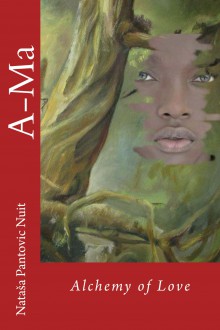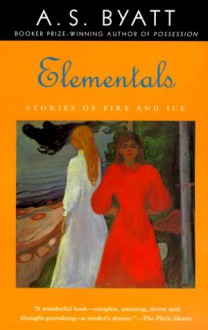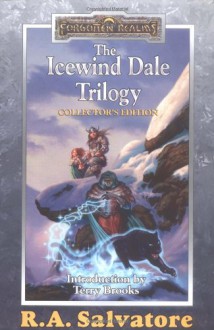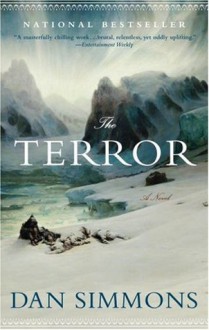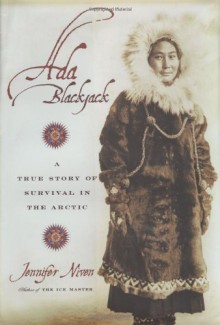
Disclaimer: ARC via Netgalley.
One my favorite books when I was a child was Folktales of the Amur. It was one those children’s books that could work as a coffee table book. Nicely illustrated and written. I loved that book. I still love that book. When I re-read it, it always holds its magic. Hence the reason why I read Black Dragon River by Dominic Ziegler.
The Amur is a river in the Russian east. It forms the boundary or border between Russian and China. It’s linked with Siberia. It goes into Mongolia. The name Amur is linked with tigers and leopards. That tiger that Putin released last year, it swam across the Amur River into China, causing a bit of a diplomatic crisis.

(The Putin Tiger being released. Source International Fund for Animal Welfare. The tiger is named Kuzya)
Personally, I prefer the tale of Zolushka (Cinderella) who lost part of her tail due to frostbite.

(Photo WCS)
Pretty, isn’t she?
Anyway. Tigers and Leopards. What’s not to love? (Well, there that story in the brilliant, The Tiger: A True Story of Vengeance and Survival by John Valliant; an understandably angry tiger, but still scary)
Ziegler’s book doesn’t really focus on the wildlife, which was a little disappointing. It does, however, focus on the history and people of the Amur River area. This means you get to hang out with Genesis Khan, learn about Mongolian history and life, and a bit about the Decembrists.
Ziegler’s use of history is important because even today one can see the influence of past events. The book isn’t just a history; it is also part travelogue. The opening concerns Ziegler’s travel to the river’s starting point, which he also to undertake by horseback in Monongalia. He travels with game rangers and learns about poaching in the area. More importantly, he relates how life has changed and not changed for the tribesmen in the modern world.
And that’s a primary theme of this book. In many ways, while the Amur river functioned as life giver and food provider, it also, as many rivers did, function as a highway that meant a end to a way of life as new groups move in. Ziegler details the Russian journeys down the Amur River, an event that is very similar to the travels down the Amazon and Nile, but an event that gets less press. He details the history of the Mongols, and why Russia in large measure was spared.
While I did know a little about the Russian Decembrists prior to reading this, Ziegler presents more information, connecting the Amur to the group in two ways. The first, and most interesting, in the story of two wives of the Decembrists who traveled to the far reaches of the river to join their husbands. The second is in how the prison, in part, fulfilled what the group wanted.
Perhaps the greatest flaw in this book is that it is more history than travelogue. While Ziegler paints a fascinating and active history, his painting of the present day isn’t as descriptive. One knows the river’s history more than one knows the river. (Compare this to Turn Right at Machu Picu, where there are both types of description). What does come across extremely well is Ziegler’s love for it. If you enjoyed A Voyage Long and Strange by Tony Horwitz, Ziegler’s book is almost a Russian version - just with less humor and more drink.
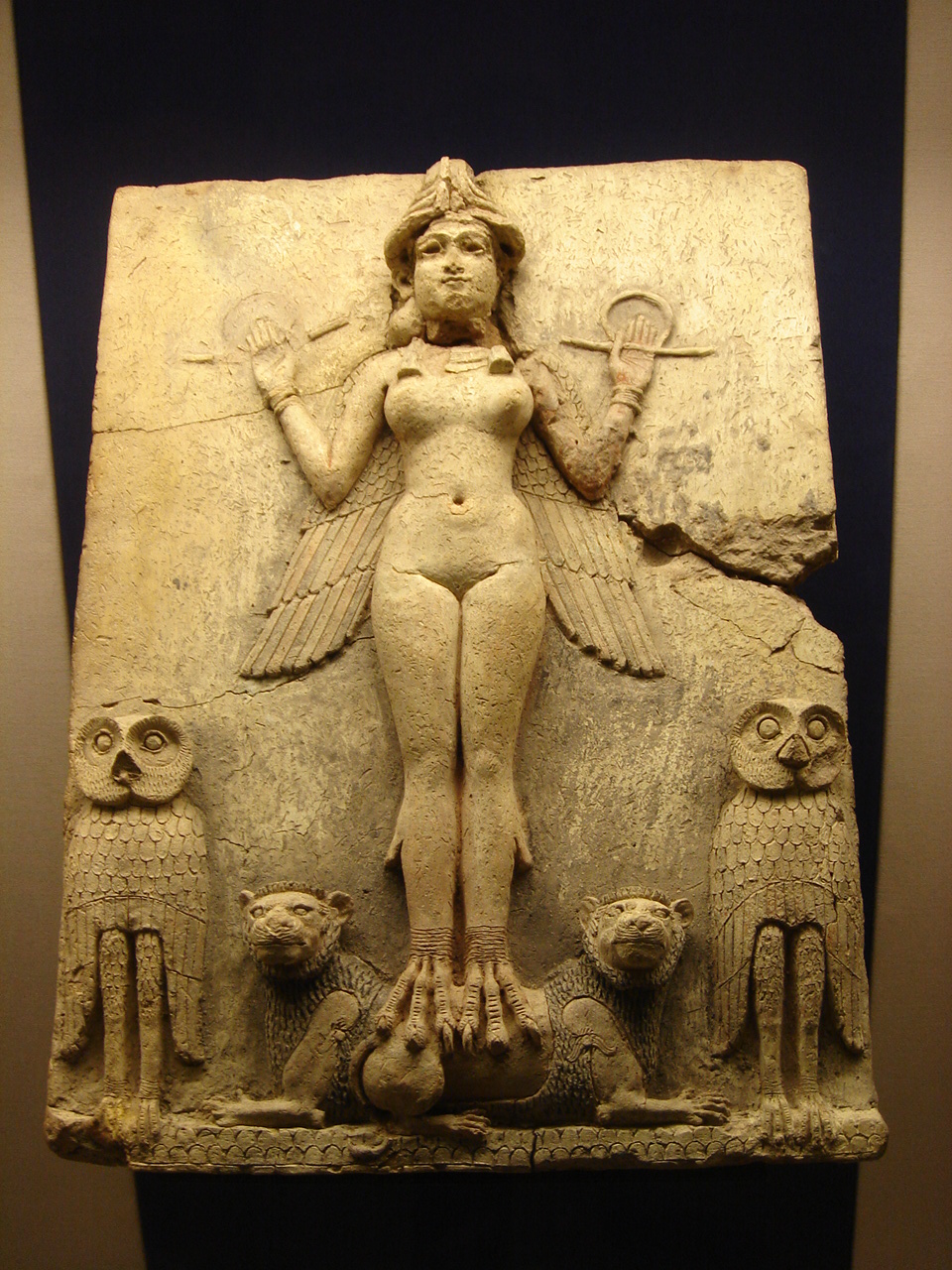

 Log in with Facebook
Log in with Facebook 





